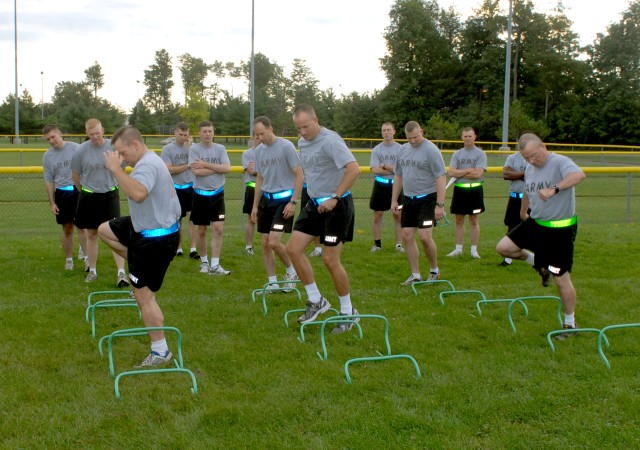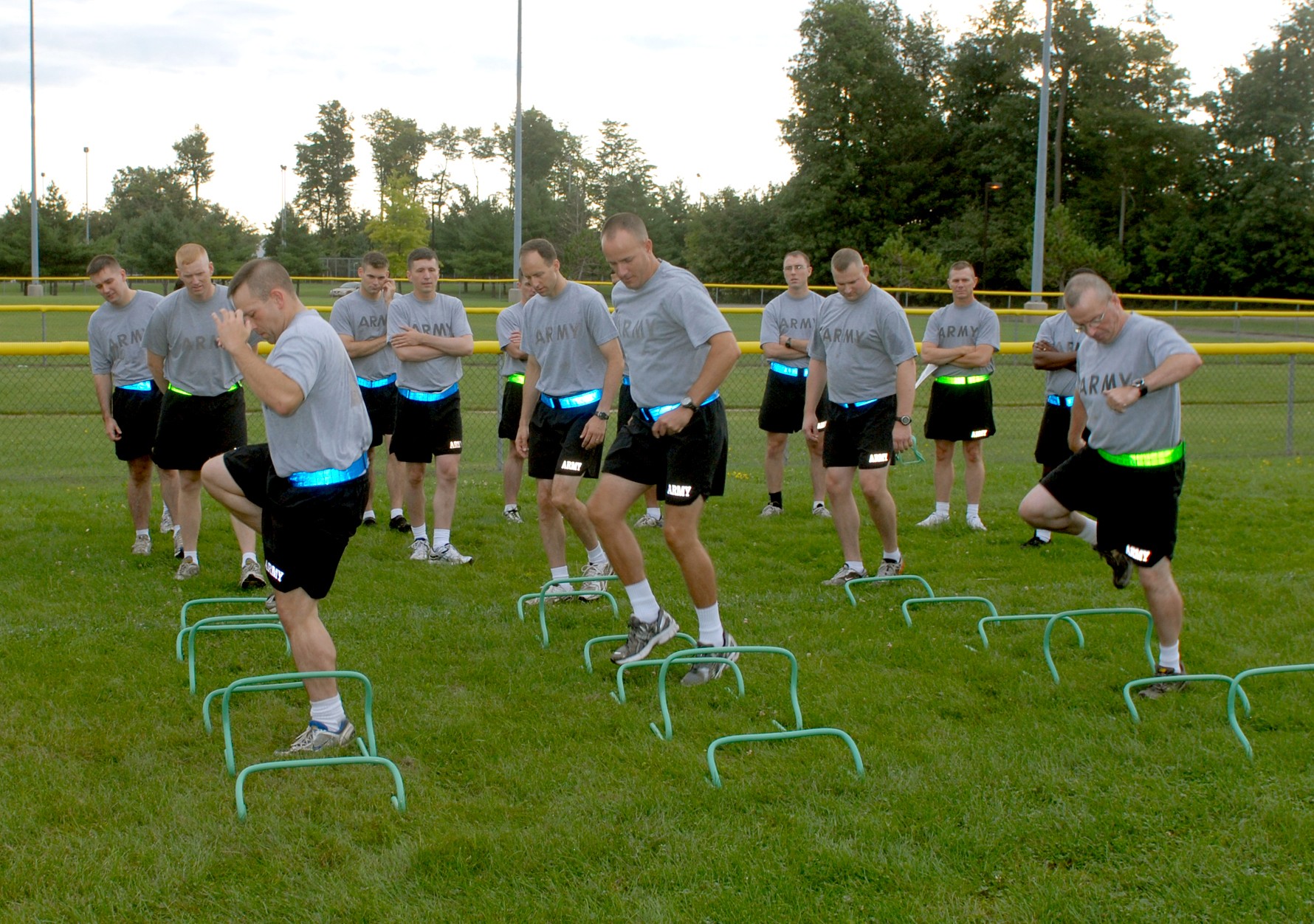Monday, Wednesday and Friday: run; Tuesday and Thursday: muscle failure.
Every week, it's the same routine for most Soldiers. This kind of monotony can wear on a Soldier's motivation, but more importantly, it can wear his or her body. Troop medical clinics constantly treat Soldiers for knee, back and a multitude of other running-related injuries. Despite this focus on running and upper body development, some Soldiers struggle to stay healthy and meet the Army physical training standards.
From 2003 to 2008, 20.9 percent of all nonbattle-related medical evacuations in Operation Iraqi Freedom were PT- or sports-related. In a garrison environment, 76 percent of all injuries are caused by running.
On top of injuries, the way the Army does combat has changed significantly in recent years. Soldiers often find themselves climbing obstacles and sprinting to cover, and they very rarely are required to run long distances on the battlefield.
The Tactical Athlete Program aims to change how the Army conducts PT and looks to reduce the number of related injuries. TAP focuses on building the Soldier's flexibility, agility and mobility while maintaining stamina and helping troops to meet and exceed the PT standards.
"I like how the program addresses Soldiers' specific needs and all of these exercises can be set up in a limited area," said 1st Sgt. Kathleen Koser, Headquarters and Headquarters Company, 548th Combat Sustainment Support Battalion. "Even if you don't have a lot of space, you can get a really great workout, to include cardio."
Instead of the usual run / muscle failure alternation, TAP makes use of tools that allow for a wide range of exercise in a small amount of space.
Agility ladders and mini hurdles are employed to build stamina and build Soldiers' speed. The agility ladders are laid out, and Soldiers can do a number of exercises to help them become quicker on their feet. Mini hurdles are used to build stamina by keeping the user constantly moving over them. Exercises without training aids also are used to build Soldiers' cores.
Matt Stehr, 10th Mountain Division (LI) physical therapist, met with commanders and first sergeants Aug. 26 to give a demonstration of TAP and talk about its benefits. He ran the group through the same types of drills that would be included in an average day of PT, explaining each event before having them execute it.
"The idea is to educate leaders as to how to better conduct their physical readiness training," Stehr said. "Currently, there is a lot of focus on the APFT, and there should be, as it is important. But, there are a lot of components of fitness that are neglected by units, so the goal of the program is to rectify a lot of those issues."
"It's definitely a solid workout," said Capt. Kevin McKittrick, commander of Headquarters and Headquarters Battery, 4th Battalion, 25th Field Artillery Regiment. "It's not focusing on just strength, but on strength, speed and agility."
The variety of exercises keeps participants on their toes, not allowing them to get lulled into a routine.
"It's different, and that is what's important," McKittrick added. "It incorporates a wider variety of exercises and expands your horizons."
"TAP is designed to strengthen specific muscle groups to prevent common injuries. I like that," Koser said. "Soldiers need to be able to meet the Army standard, and there are more ways to do that than pushups, sit-ups and running."


Social Sharing